Hey everybody, it’s Todd here again. I actually got out of the house last weekend and while that alone is usually enough to write about, I did do something fun. I went on the Up and Down Coffee and Beer Tour, a tour featuring craft coffee and beer! The tour is held by two local businesses right here in South Austin. The “up” part of the tour is held at at Casa Brasil Coffees and is all about cultivating, roasting, brewing, and tasting coffee. The “down” part of the tour is held right next door at the South Austin Brewing Company, whose focus is on making Belgian-style ales. It's called an Up and Down tour because coffee is a stimulant and beer is a depressant. Yes, this post is all about mood altering drinks, so you can't say you weren't warned.
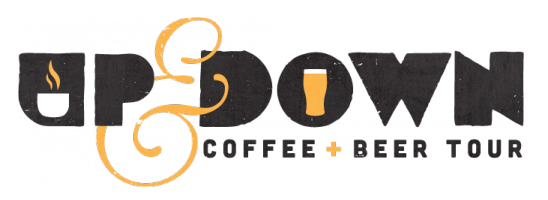
If you are in Austin and are even remotely interested in coffee and beer, you should absolutely take this tour. The teams behind Up and Down are passionate about what they do and are eager for others to learn. There was no question too basic or extraneous that they weren't happy to answer. The tours are one Saturday a month from 10am to 2pm and cost $75, with a catered lunch included. Both business give you plenty of samples and goodies. Check out Casa Brasil's events page for more information and scheduling. The tour has a limit of about 20 people, so you will not feel lost in the crowd. Full disclosure: I got to attend this for free, but I would have gladly paid the full $75 price. This was a great experience and I would recommend it to anybody living in or visiting Austin. Both businesses have their products for sale throughout Austin (see their websites for up to date information) and I would encourage you to seek them out.
Casa Brasil
The tour started at 10am, and after some pastries and introductions we were off to the races. Let me start by saying that everybody who works at Casa Brasil really loves coffee. Each member of the team has a different specialty (brewing, roasting, etc) and their passion for coffee really shows during this whole tour. Joel Shuler, Casa Brasil’s owner, started off by giving us a lesson in how coffee is cultivated and harvested. He did a great job of explaining how coffee went from growing in one small area in Ethiopia to the massive industry we have now. I was amazed at how complicated the whole process of buying coffee actually is. I’m not going to go into a lot of detail about this part, but it was one of my favorite parts of the lesson and I learned a lot more than I thought I would.
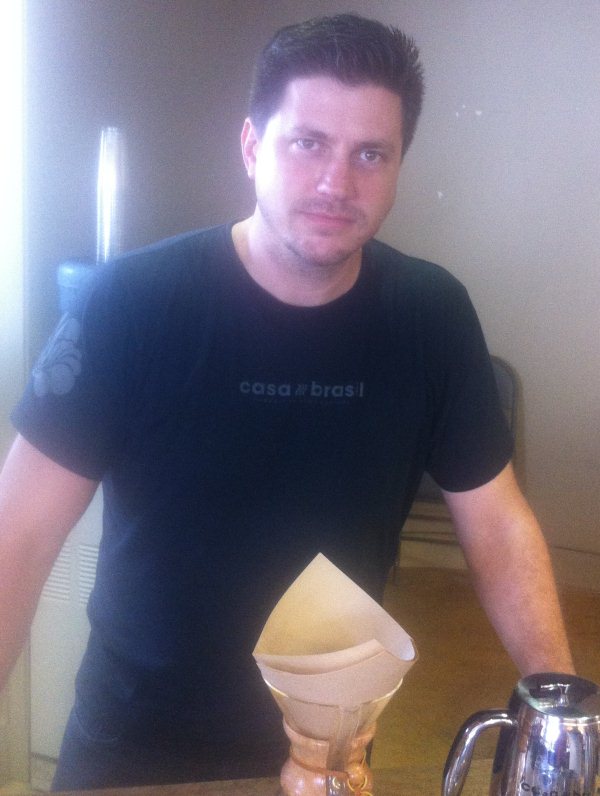
Time for Roasting!
Once we knew where raw coffee beans came from, it was time to do some roasting! Joel explained how the process worked and then gathered us around his giant coffee roaster. He fed it some beans from Brazil and fired it up. The temperature in this machine is controlled manually, but monitored by a computer. The first thing we waited for in the roasting process is a point called “First Crack”. Before that, the beans make a swishing sound in the roaster, but once the First Crack happens, it starts to sound like popcorn going off. All this time Joel took out samples of beans so we could see how the roast was progressing (this isn’t something he would do during his own roasts, it was for informational purposes only). I was blown away by how quickly the beans went from “you can’t drink this” to “perfect” to “we’ll have to throw this batch away”.
Normally the people at Casa Brasil stop roasting right after First Crack (a light roast), but again, so we could see how it worked, they kept it in past Second Crack (which sounds like rice crispies) and Italian (where the beans start getting oily). Once the beans have cooled down after roasting they are weighted to measure how much of the moisture came out and bagged immediately. One of the things I liked about Casa Brasil is that each package of coffee is unique. Joel’s wife Lisiane paints a swish of color and stamps the bags with Casa Brasil’s logo, which I thought gives the whole experience a “roasted locally” feel to it.
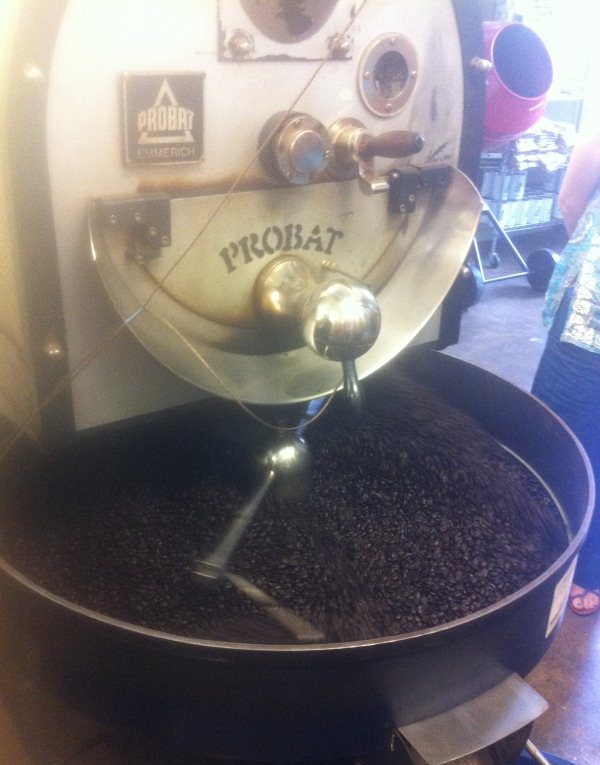
Sampling Coffee
After roasting some coffee past the point of usability, we got back to our chairs and started sampling coffee! This part was interesting for me as I have an exceptionally weak sense of smell. Most of the other people in the class could smell very detailed differences between all of the coffees and seemed to really enjoy it. First, we tried four different kinds of coffee (rejected beans, Casa Brasil’s roast, a commercial brand, and a Robusto). It was interesting seeing the different flavors. And now that we knew how coffee is cultivated, purchased, and roasted, we could see where it all fit together, why certain kinds of coffees taste the way they do. The next taste was the same beans (from Casa Brasil) roasted to different levels and brewed the same way. This gave us a great view on when, for this particular bean, the flavor was at its height. Each type of bean is going to be different in this respect, but you could really tell when something had been roasted either not enough or too much. The third tasking was beans roasted perfectly and brewed a different way (cold, chemex, and french press). Again, you can really taste a difference in the brew method and each bean and grind setting has its way of wanting to be brewed.
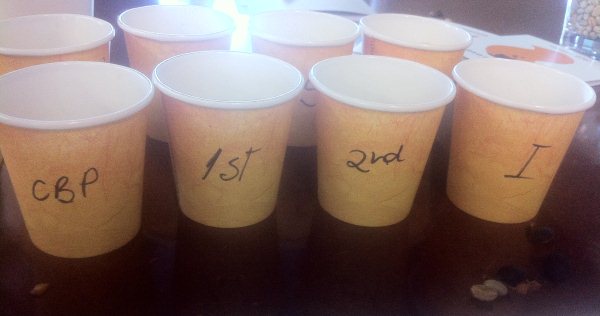
We finished the tasting portion of the tour with a “cupping”, which is essentially putting grounds in hot water and waiting for the crust to form. Break the crust with a spoon and you people who can smell are supposed to get a big whiff of coffee smell. After breaking the crust, you can slurp some coffee as loud as you want with a spoon. This part was extra challenging because Joel and his gang wouldn’t tell us what we were sampling, we had to guess! Luckily I guessed correctly because I had been paying attention to the color of the coffee. I suspect if I had been trying to guess from more than four choices, I wouldn’t have succeeded.
As the “up” part of the tour wound down, I felt like I really learned something about the coffee I drink, and have a newfound respect for the people who brew it for me. After a nice catered lunch in which I had a great beef brisket sandwich, it was time for the “down” part of the tour at South Austin Brewing Company!
South Austin Brewing Company
We were met at the door of South Austin Brewing Company by owner Jordan Weeks. I knew Jordan's name from the information I had been given before the tour and was very surprised and excited to find out that this is the same Jordan Weeks I worked with 12 year ago. He was the best tech writer in Austin, and used to bring in his home brew beer to share with us. It was great getting to reconnect with him, and like Joel, he is very passionate about his craft and it really shows.

Jordan walked us through the process of brewing beer, focusing on the differences between how beer is generally made and how he brews his. South Austin Brewing focuses entirely on Belgian-style beer, which I've had before and enjoy. What I didn't realize is that most of the Belgian beers taste much better in Belgium because of the water and because by the time it gets here it's been in a container ship at who knows what temperature. As luck would have it, we attended the tour on a brewing day, so we got to see Jordan and his staff in action brewing beer that is at this very moment, on tap in Austin. I'm sorry for the lack of pictures at this part, but I was having trouble getting the camera I had to take non-fuzzy pictures, and I didn't want to mess up and drop it in a tank of open beer or anything.
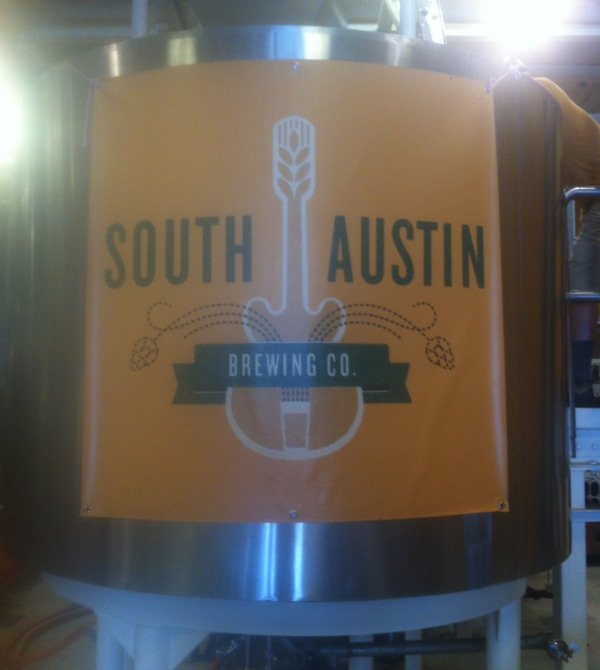
One of the more interesting things that Jordan mentioned was that the water here in Central Texas is almost perfect for brewing beer. It's got a fairly unique taste to it and evidently all of the minerals that you would get in Belgium and German water are present here too. This might help explain the prevalence of German settlers to the area around Austin in the 1800s. As the tour continued, it amazed me at how complicated the process of brewing beer really is. I suppose a lot of small brewers get their start brewing at home, like Jordan. But to go out on their own, buying large amounts of expensive bulky equipment to brew beer commercially on an entirely different scale takes a lot of passion and guts. And like Joel at Casa Brasil, it really shows how passionate Jordan and his staff are when they talk about their beer.
What beer tour could be complete without tasting some beer, huh? None of them could. It would be the worst tour ever.Jordan was smart to organize the tasting the way he did - South Austin's Golden Ale first, several commercially available Belgians, and then South Austin's Saison. Starting and finishing with the locally produced beers really shows you how much better it can be "from the tap". I won't go into details about all of the beer, but Jordan explained how they were all different and why some were produced the way they were. I found it interesting that certain Belgian beer can be called "Trappist" only if they are made at certain places, otherwise it's called "Abbey" beer. This reminded me of the Chianti/Chianti Classico naming argument that we learned about on our trip to Florence.
Something else I found interesting is how South Austin's beer is carbonated. If it's in a keg, it's artificially carbonated. However, if it's in a corked bottle, it is being carbonated in the bottle. Essentially they stop the fermenting process, bottle the beer, and then add a tiny amount of yeast to kick off the process again, producing the carbonation. I had never really given that any thought, but found it interesting and am going to pay more attention to it when I get beer in the future.
All coffee and beer lovers should take this tour, but for those of you not in or near Austin, take one thing away: both of these products were better because they were made right in my neighborhood. They weren't created half way around the world by somebody I'll never meet and shipped here. The knowledge of the staff, passion for what they do, and the fact that this doesn't have to travel far to get to me, makes this so much better than I could get elsewhere. I would encourage you to seek out your own local craft brewers of both beer and coffee in your neighborhood. Let me know what you find!

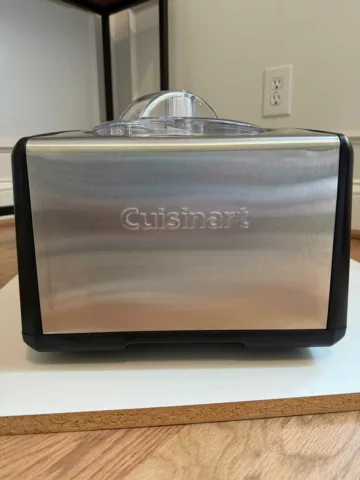
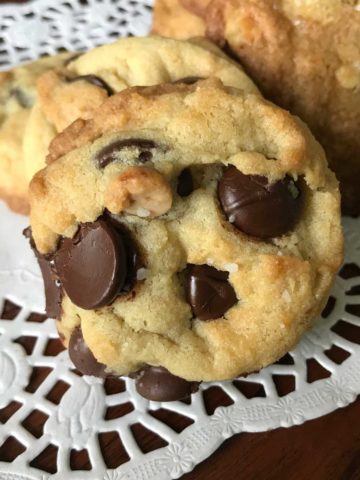
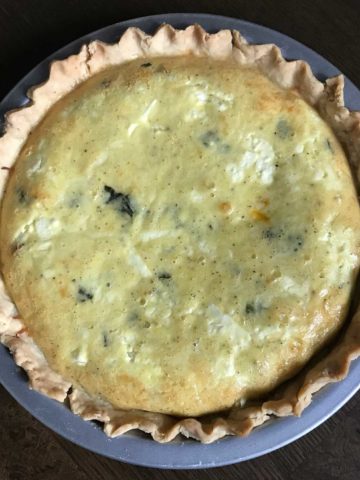
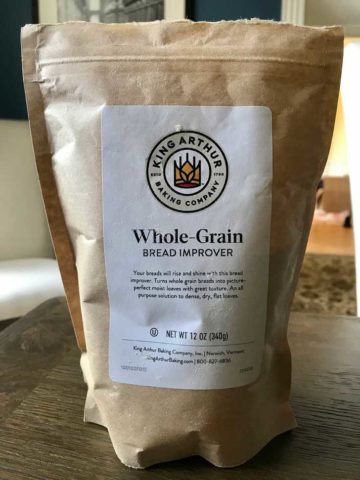
Tony DiCorpo says
I offer a similar tour at my coffee facility in Cleveland, Ohio and it's quite popular. You would be amazed at the amount of people that are interested in coffee culture and how we arrive at it. Amazing! Todd, I lived in Austin for almost 10 yrs and your post brought me back there for a moment. Thanks, I really miss the city and its culture! Rock on!
Sue says
Always good to hear from you Todd! If I'm ever in Austin I'll definitely refer to this post.
Carol says
I wanna come to Austin for this! My sister is moving there this month with her family from Houston. My husband would enjoy the beer and I would love the coffee tour. I don't know that a trip from Pittsburgh is in the card though.